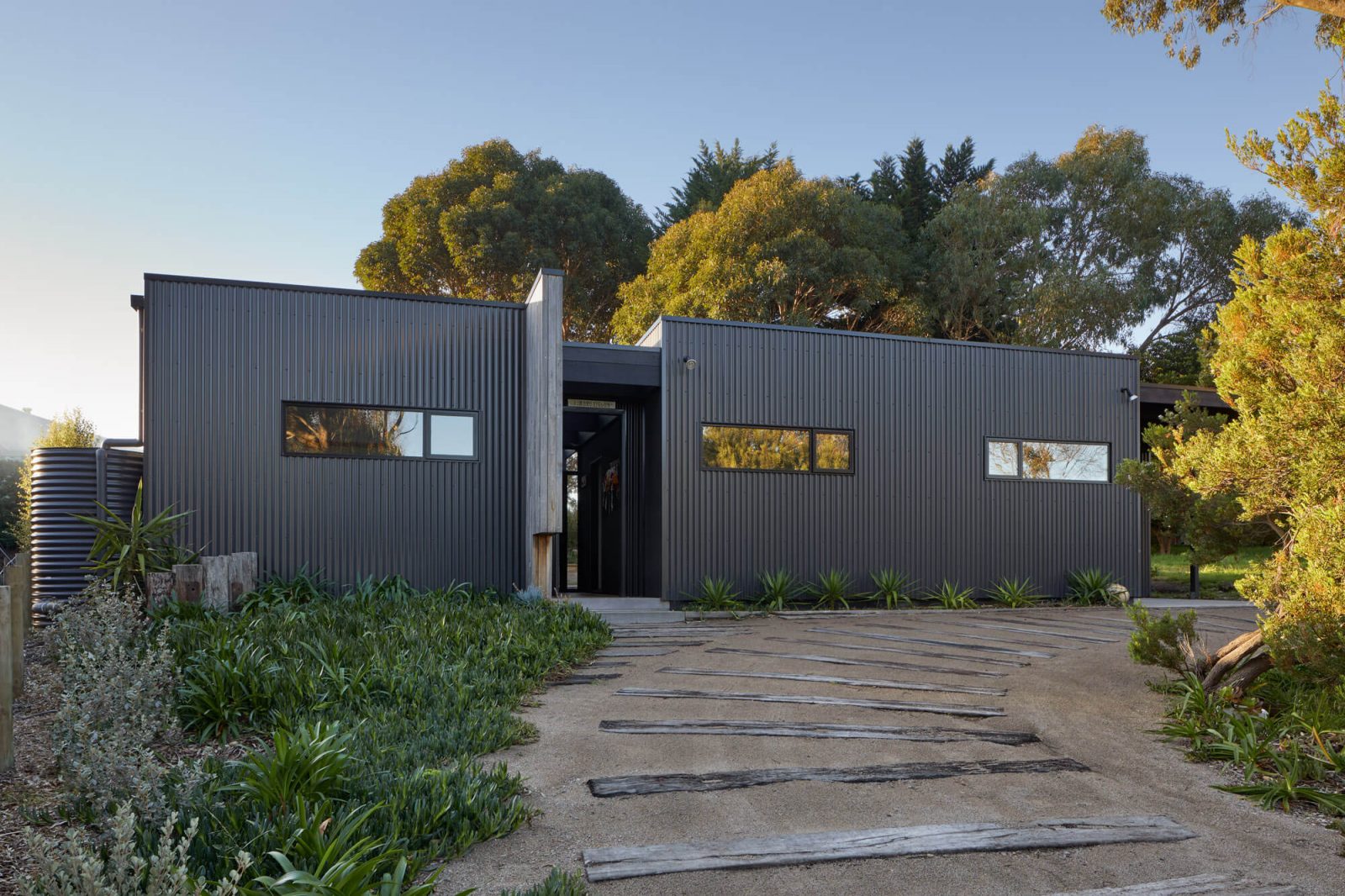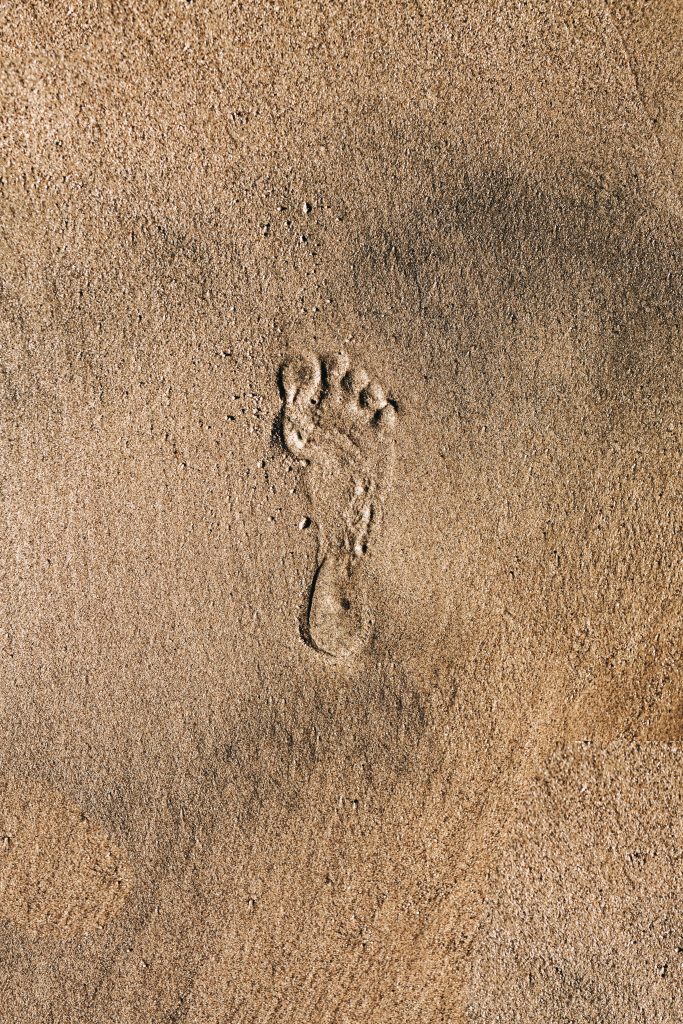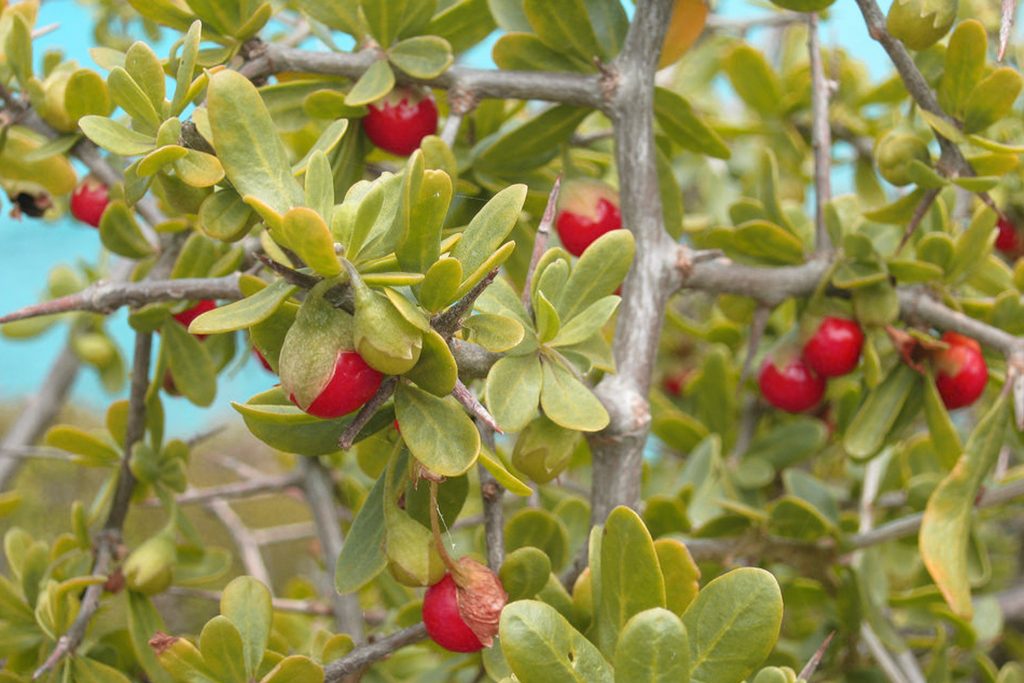22 January 2019
Australia Day: The Archiblox Way
26th of January, 2019
As part of the Archiblox reconciliation plan we like to keep all the team abreast of things to think about from our rich history.
As Australia day is coming up we’d like to share the following information.
The meaning of Australia Day for Aboriginal people
To many Aboriginal Australians there is little to celebrate and it is a commemoration of a deep loss. Loss of their sovereign rights to their land, loss of family, loss of the right to practice their culture.
“Australia Day is 26 January, a date whose only significance is to mark the coming to Australia of the white people in 1788. It’s not a date that is particularly pleasing for Aborigines,” says Aboriginal activist Michael Mansell [3]. “The British were armed to the teeth and from the moment they stepped foot on our country, the slaughter and dispossession of Aborigines began.”
Aboriginal people call it ‘Invasion Day’, ‘Day of Mourning’, ‘Survival Day’ or, since 2006, ‘Aboriginal Sovereignty Day’. The latter name reflects that all Aboriginal nations are sovereign and should be united in the continuous fight for their rights.
The Uniting Church of Australia held the first “Day of Mourning” (Jan 20 2019) (each Sunday before Australia Day). Congregations nationwide should “acknowledge the dispossession, violence and murder of First Peoples, lament the fact that as a Church and as Second Peoples we were and remain complicit”, reflect on the effect of invasion and colonisation and honour Australia’s First Peoples. [1]


Image: Survival Day | by Tali C
Image: Grampians Trip | by Archiblox
Acknowledging Aboriginal Communities
As builders and designers we have unique opportunities to connect to the natural landscape.
Archiblox aims to improve our understanding and awareness of First Nation peoples & cultures as a part of our journey towards reconciliation.
As part of this we always pay respect to the Traditional Owners of the land and ensure we educate our clients and staff of the significance and history of the land to which we build and occupy.
Below we take a look at the land of Boon Wurrung / Bunurong people of the Kulin Nation. This region covers the coast from the Werribee River in the north-west, down to Wilson’s Promontory in the south-east, taking in the catchments of the Old Carrum swamp, Tarwin River and Westernport Bay, and including Mornington Peninsula, French and Phillip Islands.


Image: Rolling Hills | by David J Morgan
Image: Portsea House | By Archiblox


Image: Inverloch | by Robert Rumian
Image: Footprint | by Tyler Nix
Lowandjeri Bulluk Bunurong People
Inverloch & Wilsons Promontory
Lowandjeri Bulluk traditional land takes in the catchment of Anderson’s Inlet, the Tarwin River and Waratah Bay; it also included Wilson’s Promontory, Cape Liptrap, the Glennies Group and the Anser Group of Islands. The Lowandjeri Bulluk get their name from a Koolin creation being whose name was Lowan. Lowan was said to rest at Warmoom.
The Lowandjeri Bulluk were most likely the first Aboriginal people in Victoria to make contact with European mariners and explorers, unfortunately this contact was to be all bad for the Lowandjeri Bulluk.
During the warmer months of the year the Lowandjeri Bulluk would visit ceremonial grounds at places like Anderson’s Inlet, Cape Liptrap and Wilson’s Promontory to name a few. While at these locations, they would access the many coastal resources at their disposal, such as crayfish, shellfish, fish, seal and the dependable mutton bird. To balance their diet they would gather seed for flour and collect vegetables such as yams and orchid bulbs, while the children ate bush fruits such as the wild raspberry and the kangaroo apple.
As warmth gave way to early morning fogs, the Lowandjeri knew it was time to begin preparing possum and kangaroo skins to be made into cloaks and rugs for the coming winter. Unlike other Bunurong clans the Lowandjeri Bulluk didn’t have to prepare cloaks’ or rugs for trade, instead they traded greenstone from an ancient quarry on Lowandjeri land. Greenstone is a highly prized stone for the making of stone axes; the stone had the right balance of hardness, weight and an ability to maintain a sharp edge.



Image: Wilsons Prom | by Alison
Image: Inverloch Shell Museum | by Margaret Lyons
Image: Fish Creek House | By Archiblox
As the season changed so did the Lowandjeri, as winter drew nearer the Lowandjeri would begin to move inland to live off the abundant game, They would ambush Emus and Bush Turkeys (Australian Bustard, now extinct locally), hunt kangaroos, net birds and snare small game such as bandicoot’s and potoroo’s, others would harvest the tubers of the water ribbons and the pith from the tree ferns, while the children collected wattle gum or searched for wild honey for something“ a little sweet to eat.
Some Lowandjeri Bulluk families would travel to camps around Korumburra and Poowong to spend winter with families from the neighbouring Yalloc Bulluk Bunurong. From here they would make excursions to ceremonial grounds in the nearby mountains. At these camps the elders were able to, pass on valuable cultural and spiritual knowledge to the younger people. Then as the first of the wattles bloom the elders would know it was time to make their nets and begin their trip to the coast for the diverse and plentiful supply of fish that was easily caught with their low strong nets in the shallow inlets and bays. Then, once again, the season would end and another begin.


Boonwurrung/Bunurong People
Mornington Peninsula
The Boonwurrung/Bunurong were divided into six clans. Mayone-bulluk was the clan which occupied the area at the top of the Mornington Peninsula and the head of Westernport.
The traditional lifestyle of the Boonwurrung/Bunurong was dictated by the seasons. They had an intimate understanding of the life cycles of the plants and animals of their country.
The Boonwurrung/Bunurong had a highly varied diet which included:
Insects: grubs, ants and their pupae, earth worms, Bogong moths, locusts, green caterpillars, honey
Plants: Mernong (daisy yam); Grass tree flowers, young shoots and inner leaves; rhizomes of bracken; roots and young shoots of bulrush; water ribbons; tubers of native orchids; fruit, seeds, gum and foliage of Black Wattle; mistletoe; apple-berry; kangaroo apple; mangrove; pigface; New Zealand spinach; Birdwood; currant bush; cherry ballart; boobialla; mushrooms.
Animals: frogs, skink, goanna, kangaroo; bandicoot; wombat; native companion; cockatoo; pigeon; quail; parrots and eggs (cooked)



Image: Mornington Peninsula | by Cafuego
Image: Cape Schanck Berries | by Ian
Image: Cape Schanck | by Frank Moroni
However, young people could only eat certain foods with the permission of the elders, especially possum, glider, echidna, emu, bustard, duck, swan, turtle, lizard or large fish.
It was the responsibility of the head man or Arweet to ensure that the clan’s country was cared for properly and the plants and animals were not over-harvested. Other important people were doctors, warriors, interpreters of signs and dreams and charmers who could summon or dismiss rain.
It is possible that the Boonwurrung/Bunurong have been in Victoria for 40,000 years.



Image: Portsea House | By Archiblox
Image: Blairgowrie House | By Archiblox
Where can I celebrate Australia Day with Aboriginal people?
Invasion Day Dawn Service
26th of January, 2019 | 05.30 AM
Kings Domain, Alexandra Ave, Melbourne 3004
Invasion Day 2019
26th of January, 2019 | 10.30 AM
Parliament of Victoria, Melbourne, Victoria 3002
2019 Belgrave Survival Day
26th of January, 2019 | 12.00 PM
Blair Rd & Benson St, Belgrave 3160
Balit Narrun Festival 2019
26th of January, 2019 | 01.00 PM
Treasury Gardens, 2-18 Spring Street, East Melbourne 3002
To find out more information on how to get involved in events such as these, please visit the Deadly Story Website
We recognize the traditional owners and custodians of the Australian land and pay our respect to their elders past and present.
We love sharing all the new and exciting things happening at Archiblox, so make sure you’re following us on Instagram, Facebook and
Twitter, or signed up to our monthly newsletter, to ensure you don’t miss a thing.